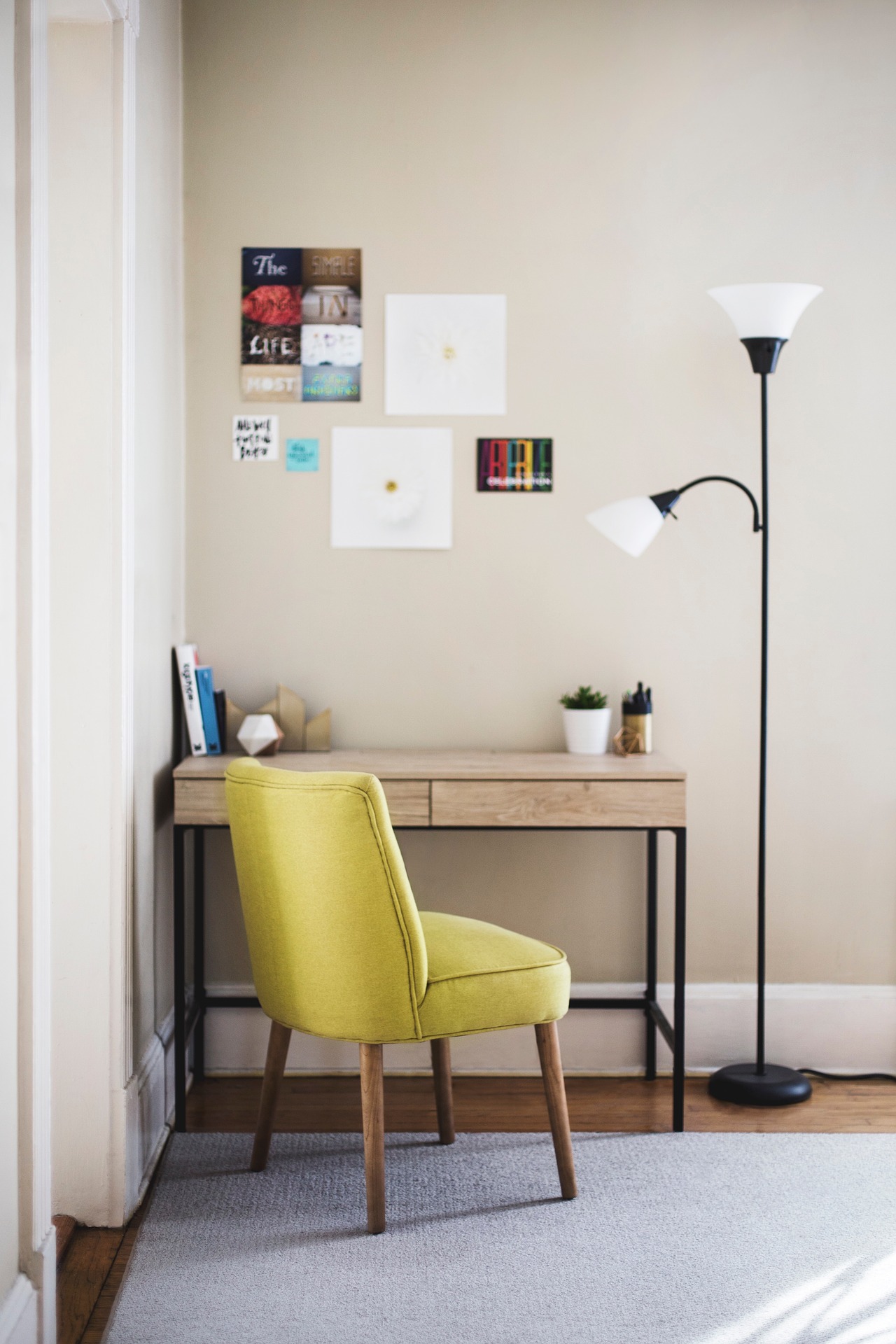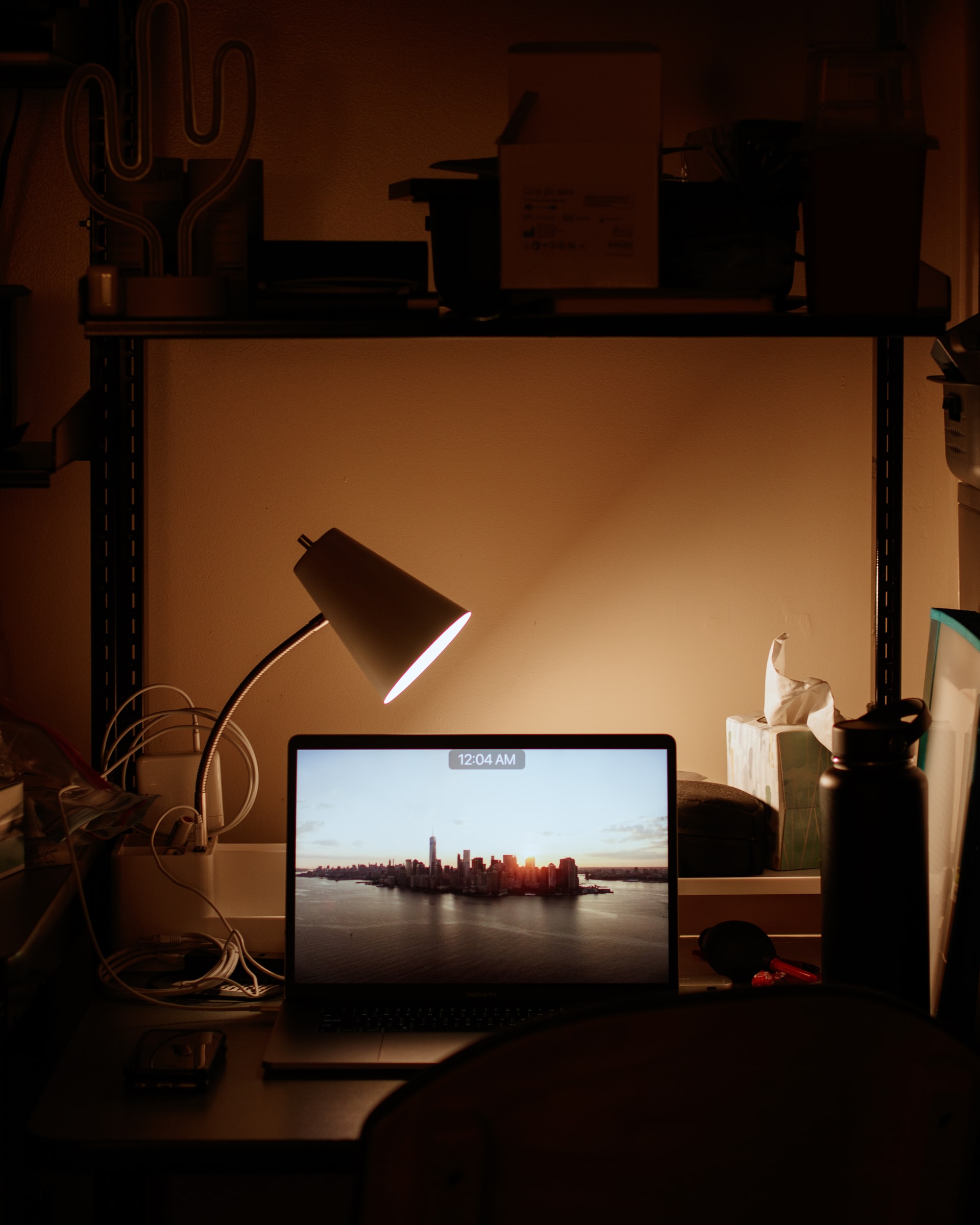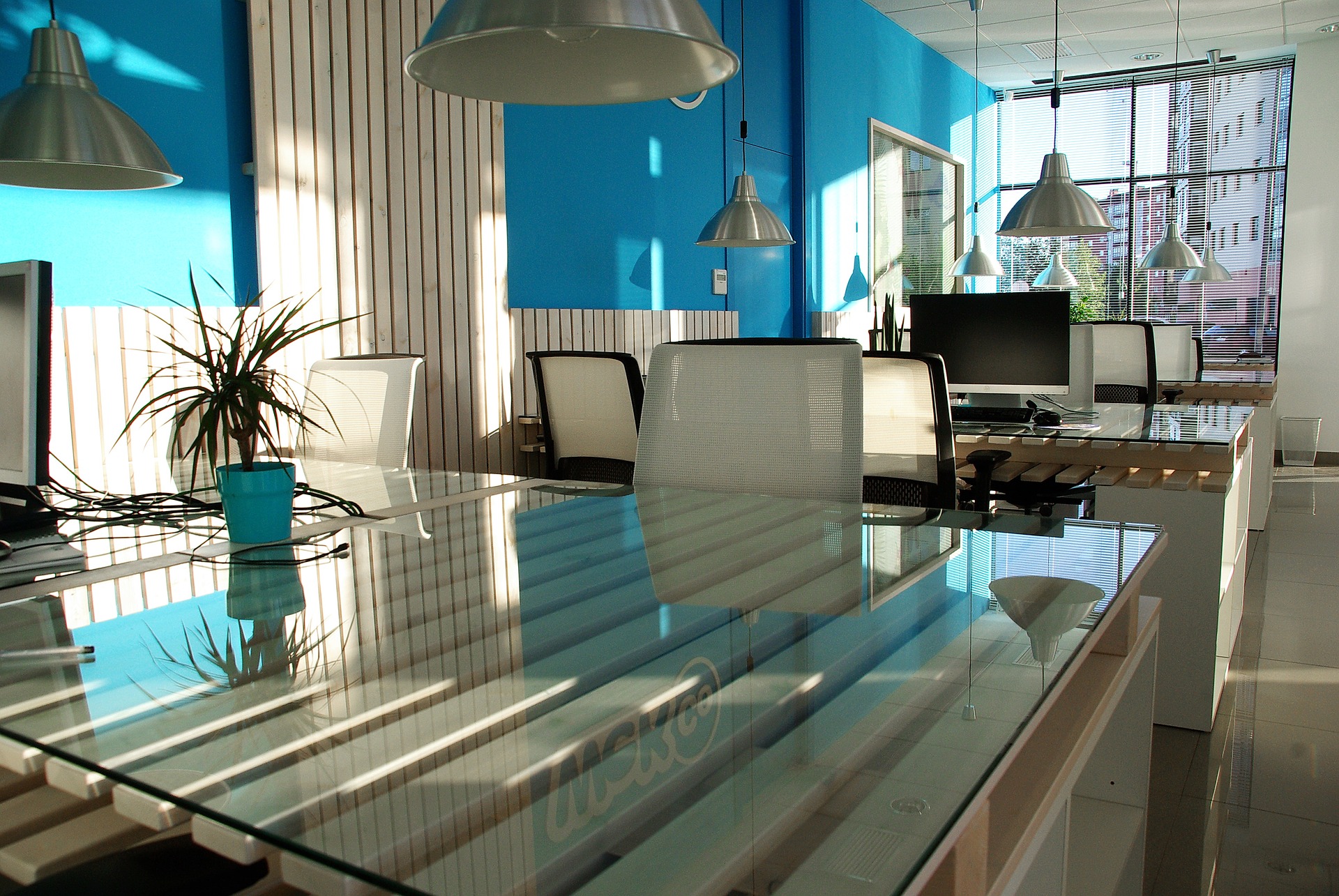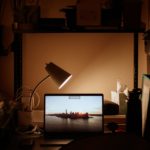Light therapy is also known as bright light therapy or phototherapy. It has been a treatment for seasonal depression dating back to ancient Greece and has since been known to treat other problems, like jet lag and sleep disorders. This highest-rated light therapy lamp list will examine how phototherapy works, who it may be best for, and which products are worth checking out.
What is a Light Therapy Lamp?
During light therapy, you sit or work near a device called a light therapy box. The box gives off bright light that mimics natural outdoor light. Light therapy is thought to affect brain chemicals linked to mood and sleep, easing SAD symptoms. Using a light therapy box may also help with other types of depression, sleep disorders, and other conditions. Light therapy is also known as bright light therapy or phototherapy.
Light therapy lamps can provide feel-good natural lighting when it’s not present in our environment. Using a light therapy lamp can be an effective treatment for seasonal affective disorder (SAD). SAD is associated with the lack of sunlight that occurs in winter months. Because individuals take in less natural light in winter compared to sunnier seasons, they experience a drop in serotonin, the “happy chemical” that naturally occurs in our bodies. This can make some people feel more drowsy and depressed.
Why is there a need for a light therapy lamp?
Approximately six percent of Americans suffer from a health condition known as Seasonal Affective Disorder (SAD), with another 14 percent suffering from a milder form of the seasonal disorder called “the winter blues.”
People with general depression often also experience low levels of serotonin, this population can also benefit from using light therapy lamps. These lamps can even help those with sleep disorders—like insomnia, jet lag, or simply sleeplessness caused by a change in work shift schedules.
They mimic natural light, an effect scientists believe is beneficial for your mood. It’s also a great option for getting the day started bright and early, even if your alarm clock is still set for the previous day.
Because individuals take in less natural light in winter compared to sunnier seasons, they experience a drop in serotonin, the “happy chemical” that naturally occurs in our bodies. This can make some people feel more drowsy and depressed.
Light therapy lamps can provide feel-good natural lighting when it’s not present in our environment.
Pros and Cons of Light Therapy Lamps:
Pros:
Brightness and Intensity
The Health Ranger Super Bright Light Therapy Lamp is the overall favorite in the panelists’ competition. This may have something to do with its name because several panelists admitted that it reminded them of Steve. But perhaps it’s the sheer brightness of this lamp that we’re drawn to. It was voted to have the best intensity for a longer and more convenient period of time.
Cordless
A few panelists had already purchased a corded light therapy lamp and found it uncomfortable, restricting our ability to move the light around the room.
Powered by D-Lux Relay
The lamp is powered via the patented D-Lux Relay, which can be clipped onto your bed or any other object in your room. Reviewers said they appreciated the ease of operation and the cordless feature.
Cabinets
The cabinets that come with this light are beautiful and well constructed. You can store your lamp and batteries in it. Of course, you can always store stuff in a closet, but you’re only allowed one closet per house.
Touch Screen
Not only does it look nice, but it’s also easy to use. This light, when plugged into the D-Lux Relay, has a touch screen.
Proactive
You can set alarms to turn the light on and off at specific times of the day, and the light will turn on a half-hour before the alarm goes off. This will help you avoid waking up to an alarm clock, which can startle you awake.
Cons
App Not As Good As The Light
According to the reviews, the app was not as good as the light itself. Panelists noted that the instructions on the app were difficult to follow.
Pricey
This was the most expensive light in our comparison, so panelists may have wanted to see a little more bang for the buck.
Settings
The light was not ideal for those who wanted to be able to pre-program the settings and save a certain series of lights to turn on as a routine.
Corded
While the cord attached to the light is built for hands-free movement, it did restrict the panelists’ ability to move it around the room.
Conditions it’s used for:
Light therapy may be used to treat the following conditions:
Seasonal affective disorder. Light therapy is thought to affect brain chemicals linked to mood and sleep, easing SAD symptoms.
Sleep disorders. Light therapy can help treat sleep disorders, such as insomnia, jet lag, shift work sleep disorder, and circadian rhythm disorders.
Amenorrhea. Light therapy may help with amenorrhea, the absence of a menstrual period, which can be caused by nighttime light exposure, a too-heavy workload, stress, or illness.
Bipolar disorder. Light therapy may help with bipolar disorder (manic-depressive syndrome), which is characterized by mood swings from depression to mania or hypomania.
Light therapy often works well in conjunction with traditional therapies like medication and psychotherapy.
Who Should Use a Light Therapy Lamp?
As with antidepressants, light therapy alone is not recommended as a treatment for depression. It is only part of a treatment plan for most cases of depression. According to the U.S. Food and Drug Administration (FDA), light boxes have not been evaluated or approved to treat mood disorders, although research continues in this area.
Getting the most out of light therapy
Before you get started with your new light therapy lamp, read the instructions included. It may be helpful to work with a health care provider on finding the plan that works best with your body to benefit from using this.
You may also want to investigate the settings available to you with your lamp. Many lamps offer settings for a higher amount of light or a lower amount of light.
There is some research that shows that you may need the full amount of light for the best results. With a higher light setting on your lamp, you may increase your chances of getting the full amount of light you need for a better outcome than one with a lower setting.
If you notice that your thinking and mood are improved after spending time with your light, you may want to make a habit of using it regularly.
How to use a light therapy lamp
When using a light therapy lamp, you may need to adjust the distance of the light from you or the amount of time you use it. You may also need to experiment with the intensity, or brightness, of the light. If your room is too bright, it may obscure the light from your lamp, decreasing the effectiveness of the therapy.
You may also need to adjust the amount of time spent in front of the light. Too much time with the light can have negative effects such as side-effects like headaches and eye irritation.
Verilux HappyLight VT22 Lucent Lux LED
This product was recommended by Snezhina Piskova from 10Beasts

Desk lamps are quite comfortable and convenient to use. It doesn’t clutter your table, countertop or desk, so it is easy to place wherever you wish. It doesn’t take much space in your luggage, so it doesn’t take much to bring it to you on the go, whenever that may be. There are two brightness levels to choose from, which is useful if you prefer a low-intensity light option. Its price is also attractive and overall this is a great choice for first-timers in light therapy lamp territory – it’s compact, yet powerful enough to give you the results you want.
Circadian Optics Lumine Light Therapy Lamp
This product was recommended by Lesley Reynolds from Harley Street Skin Clinic

The basic, contemporary style suits your house. This light has a 10,000 lux power in a pure white hue intended to replicate the sun at midday and includes three different brightness levels. In order to shield the skin, it filters out 99.9 percent of UV radiation and the LED bulbs have an amazing 50,000-hour lifetime, and you won’t need to remove them early.
Miroco’s Therapy Lamp
This product was recommended by Jennifer Willy from Etia

Miroco’s Therapy Lamp delivers bright light at up to 10,000 lux to provide you with your daily boost of sunshine. Its compact size with foldable bracket makes the lamp easy to store and carry; fits next to your laptop, on the kitchen counter, on your cubicle desk, and elsewhere.
Theralite Aura bright lamp
This product was recommended by Jane Flanagan from Tacuna Systems

Theralite aura is the best sunlight therapy lamp for office for many reasons. To begin with, unlike many other sunlight lamps, it features a stand and an adjustable neck. This allows you to place it on a desk and gives you complete control of the direction of the light. It’s 10,000 LUX and has 4 levels of brightness for precise comfort. The Theralite is also UV and Glare free.
Flamingo Lux Bright Light Therapy Floor Lamp
This product was recommended by Mike Allen from The Fashion Jacket

The light therapy lamps are mostly made for tabletops and you have to reserve a spot on your table for them which permanently takes off your working space. You would rather like to have a modular long stand Flamingo Lux floor lamp that can be placed beside your table. It doesn’t only give your office a contemporary look but also emits uniform brightness from its full spectrum wide shade which is enough to light up the whole room. The shade can be rotated to any angle you want more light is another best feature for office use.
Philips GoLite BLU Energy Light Therapy Lamp
This product was recommended by Sonya Schwartz from Her Norm

You put this product everywhere you want to because it’s cordless and rechargeable. This product mimics the energizing power of the sun so if you don’t get to go out and get some needed vitamin D then this product is for you.
















